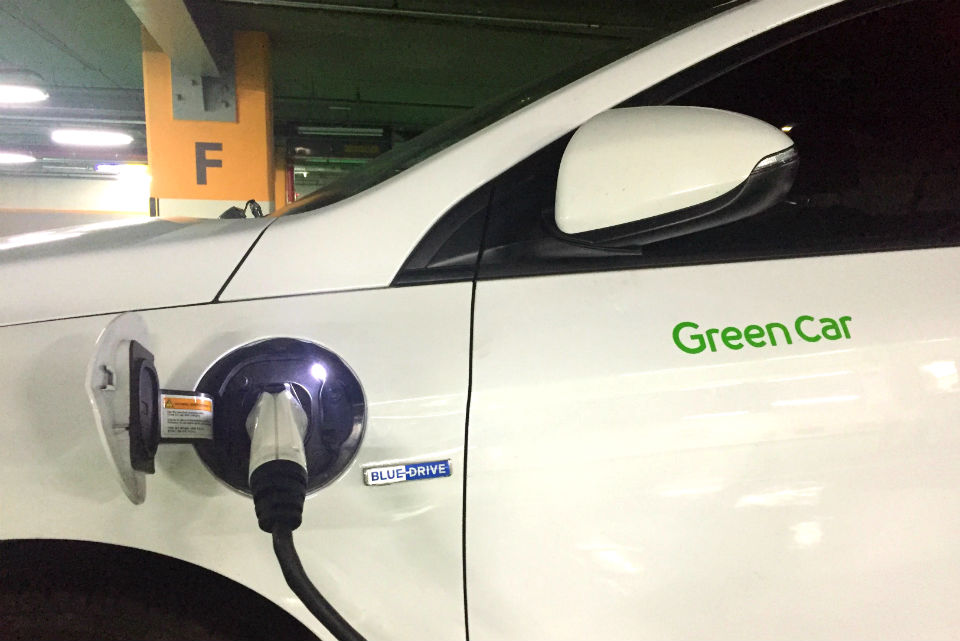Last week, I finally gave in to Seoul’s nasty fine dust pollution. I found a second-hand air purifier for sale in Ilsan, a nearby satellite city, and arranged to pick it up the next morning. That’s how I ended up test-driving my first all-electric car, the Hyundai Ioniq, via car sharing service Greencar.


